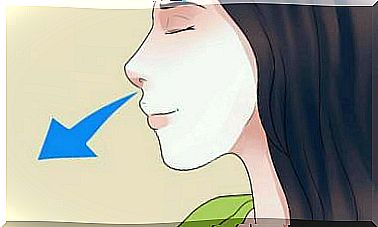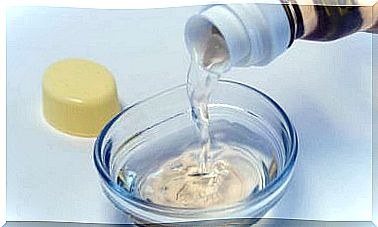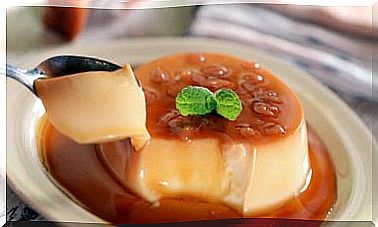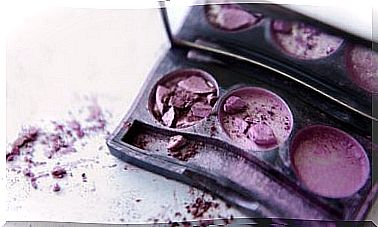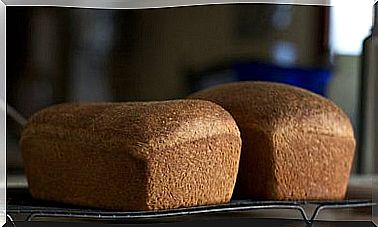Hidradenitis Suppurativa: What Is It And What Are Its Symptoms?
Although at the moment there is no definitive cure for hidradenitis suppurativa, various investigations are being carried out to obtain better treatments. Early diagnosis and home care help prevent the problem from getting worse.

Hidradenitis suppurativa is a chronic skin condition. It is also known by the name of hidradenitis suppurativa . It causes acne-like bumps.
This condition usually appears after puberty. It may persist, even for many years. In fact, it can get worse over time. Sometimes it generates emotional symptoms and problems in everyday life.
What is hidradenitis suppurativa?
Hidradenitis suppurativa is a skin condition. Its main characteristic is the appearance of bumps under the skin. These are small and when inflamed they cause pain.
The bumps may also break open and form a kind of tunnel under the skin. When they open, they generate abscesses that fill with fluid and pus. Sometimes when they heal they leave scars.
The most common is that hidradenitis suppurativa appears in those areas of the skin that have continuous friction. The most classic locations are the armpits, groin, breasts, and buttocks.
Causes
The exact cause of hidradenitis suppurativa is not known. It is known to develop when there is obstruction in the hair follicles of the skin, but the reasons why this occurs are unknown.
The disease could be associated with genetic factors, hormonal processes, immune system problems and some inappropriate habits. The risk factors involved are the following:
- Sex: Hidradenitis suppurativa is more common in women than in men.
- Age: It occurs most often in people between 18 and 29 years old.
- Family history: there is a higher risk of developing the disease if other people in the family have it too.
- Obesity: there seems to be some relationship between excess weight and hidradenitis suppurativa.
- Smoking: Smoking tobacco may increase your risk.
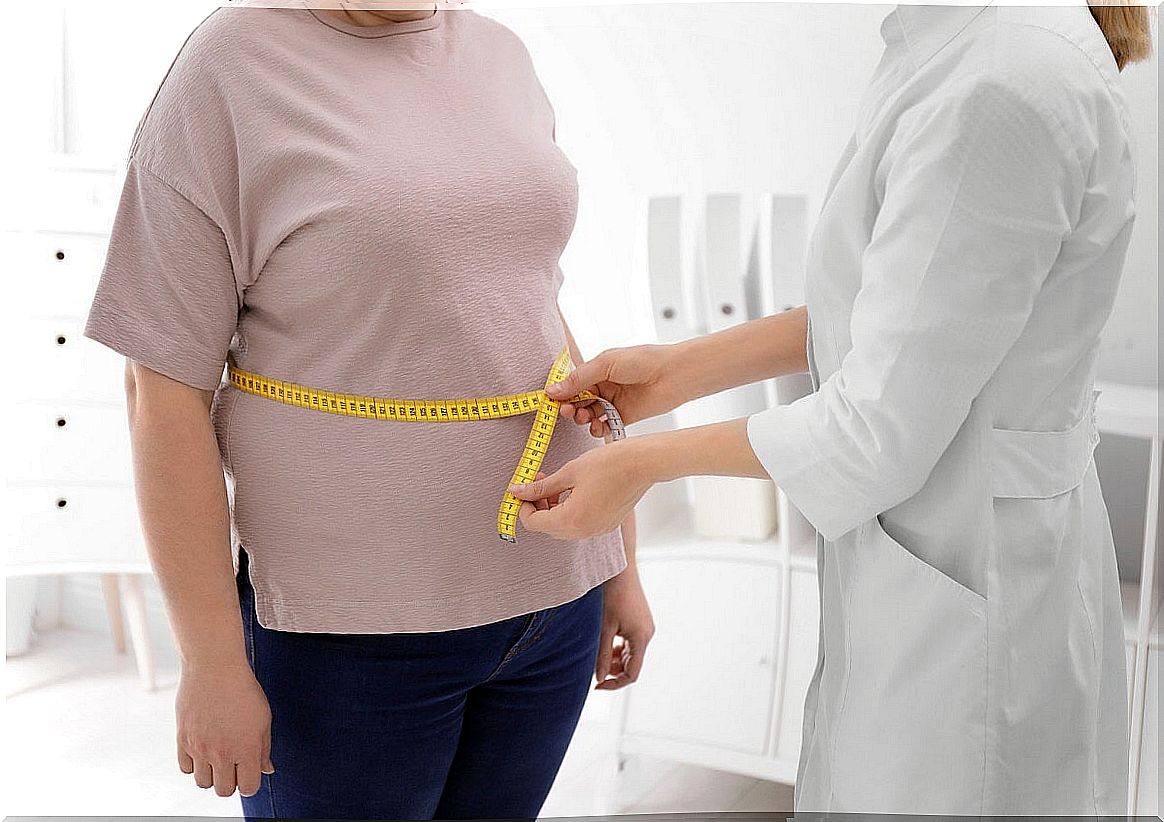
What are the symptoms of hidradenitis suppurativa?
Hidradenitis suppurativa can affect only one part of the body or several areas at a time. Likewise, the signs can be mild or severe. Among them, the following stand out:
- Presence of comedones: Comedones or blackheads are open or closed pores that form black or whiteheads, respectively. They correspond to a hair follicle full of fat, bacteria and dead skin cells.
- Painful lumps: they are the size of a pea and usually there is only one at the beginning. Later, new bumps appear.
- Tunnels – Sometimes tunnels form over time that connect the bumps to each other under the skin. They take a long time to heal, if at all.
There are factors that can make symptoms worse, such as hormonal changes, stress, humidity, and heat. It is common for the disease to become less severe in women after menopause.
Presentation of symptoms
The most common is that the first symptom of hidradenitis suppurativa is the appearance of several nodules, usually in the armpits and groin. Then they disappear spontaneously, between 7 and 10 days, without leaving a scar.
There may be one or more nodules in the same location. When there are several they tend to agglutinate and form fistulas between them. These are the tunnels. They begin to ooze and, if there is no spontaneous remission, they almost always leave scars.
The same person can present injuries with different levels of severity. In recurrent cases, the active stages are interspersed with periods in which the problem disappears completely. The periodicity is highly variable and the cause of it is unknown.
Associated signs
The characteristic symptom of injuries is pain. This is intense in the phase in which the nodules appear and increases if there is an abscess. When it drains, the discomfort is greatly alleviated.
The suppuration usually has a bad odor and requires that you use gauze or dressings to absorb and clean the area. All this, together, causes a deterioration in the quality of life of the affected person. It is common that in severe cases there is also anxiety and depression.
Possible complications of hidradenitis suppurativa
When hidradenitis suppurativa becomes persistent and severe, it generates various complications. The most common are the following:
- Infections: with abscesses.
- Blocked lymphatic drainage: If it is located near the lymph nodes, scar tissue may interfere with drainage. This leads to swelling of the arms, legs, or genitals.
- Limited Movement – There may be pain when performing some movements, due to ulcers or scar tissue. This occurs most often in the armpits and thighs.
- Scars – These are similar to pitted skin or rope marks.
- Social isolation: physical appearance can be affected. Consequently, feelings of shame, isolation and depression arise.
Diagnosis
The diagnosis of hidradenitis suppurativa is made on the basis of a clinical examination. The doctor will examine the affected areas and will also ask some questions about how symptoms are experienced.
There is no test or examination to diagnose this disease. However, when pus is present, the doctor may take a sample and send it to the laboratory. The goal is to rule out an infection.
Treatments for hidradenitis suppurativa
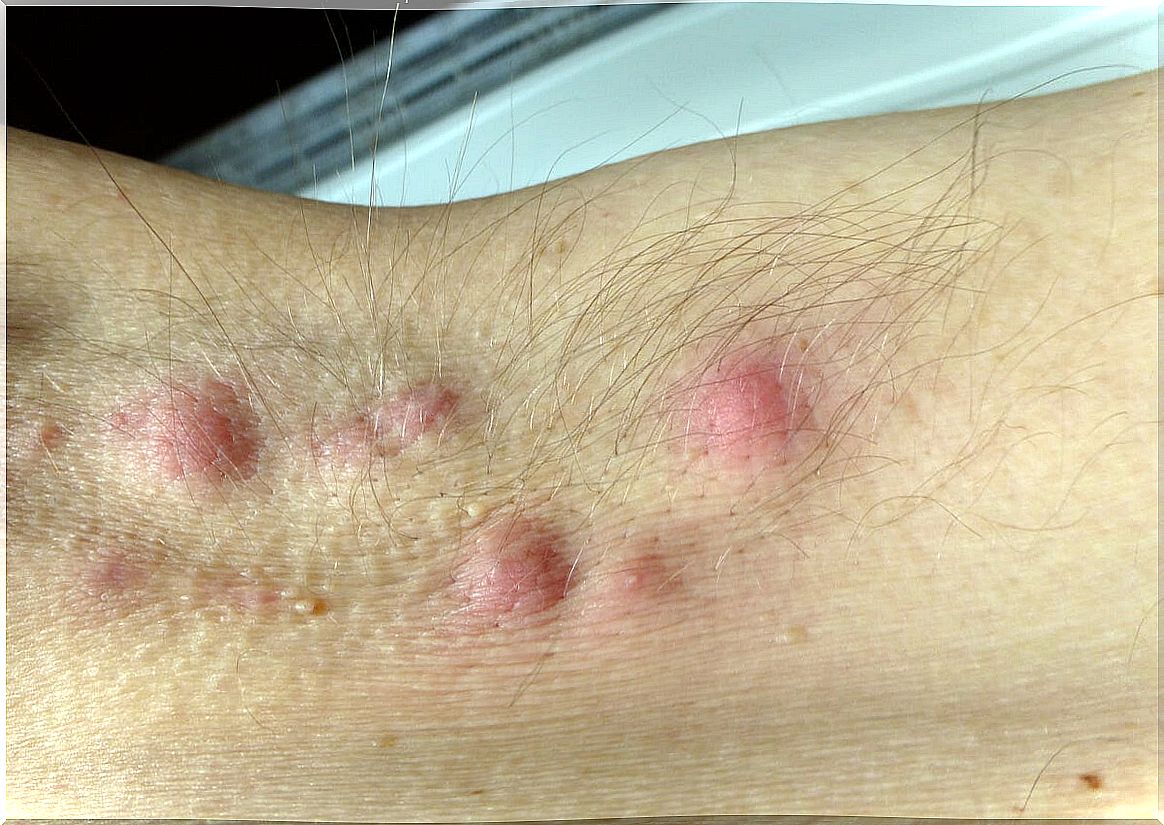
There are two basic lines of treatment: drugs and surgery. None of them are completely effective. Likewise, both involve risks.
If medications are chosen, one or more of the following are typically prescribed:
- Antibiotic creams: when there are only mild symptoms.
- Systemic drugs: include oral or intravenous antibiotics. They are almost always used to treat moderate to severe cases.
- Pain relievers: Over the counter. If these do not work, the doctor will indicate a more specific one.
As for surgery, there are also several options:
- Tunnel discovery or roofing: consists of removing tissues so that the tunnels under the skin are exposed.
- Awl debridement: similar to the previous one, but used to treat an inflamed nodule.
- Excision by electrosurgery with tissue preservation: the removal of damaged tissue is combined with the preservation of healthy tissue. It is used in severe cases.
- Carbon dioxide laser therapy: This method can be used to make all lesions disappear.
- Surgical removal : involves the removal of all the skin in the affected area and sometimes requires a graft. Ulcers can reappear after surgery. It is used in persistent cases.
- Incision and drainage: Not considered an effective option for hidradenitis suppurativa. It relieves pain for a while, but ulcers tend to come back.
A pathology that is fought on several fronts
New treatments for hidradenitis suppurativa are currently being tested. Studies with new biological therapies, topical antiseptics and other drugs stand out.
If a person suffers from the disorder, it is advisable to maintain good hygiene on the skin and avoid causing injuries to it. Likewise, tight clothing and chemicals or irritating products should be avoided.
Avoiding tobacco use, eating a healthy diet, and exercising frequently are also ways to reduce the risk of exacerbation. It is convenient to maintain the weight and it may be necessary to have psychological support.


